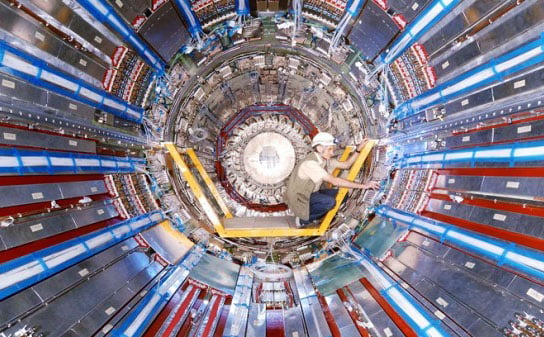
Columbia Science Forum on Searching for the Higgs Particle. Credit: Columbia University
Does the Higgs boson particle exits? What happens if we find it and what if we don’t? These are just a few of the questions discussed in this hour long video as a panel of scientists discus the search for Higgs boson at the 2012 Columbia Science Forum on searching for the Higgs particle.
The world of physics has its mysteries, but one of its biggest—whether the elusive Higgs boson actually exists—is closer to a resolution, of sorts.
Researchers first theorized the Higgs boson in the 1960s. It is named for Peter Higgs, a professor emeritus at the University of Edinburgh who was one of several physicists who theorized its existence. Now, with indications looking positive, they expect to soon find enough evidence to demonstrate once and for all whether Higgs exists.
Video of the World Leaders Forum – Searching for the Elusive Higgs Particle. Credit: Columbia News Video Team
On April 18 the World Leaders Forum co-hosted an event with Columbia Science Initiative to explore two fundamental physics questions regarding this so far intangible particle: “What if we find the Higgs boson? And what if we don’t?” The panelists were physics professor Michael Tuts, the ATLAS experiment program manager at the Large Hadron Collider at CERN; Brian Greene, professor of physics and mathematics; Dennis Overbye, New York Times science reporter; and Mariette DiChristina, Scientific American editor in chief.
The Standard Model of physics—the theory that describes how subatomic particles behave and interact—is the most accepted theory of the universe. It portrays the Higgs field as a “molasses-like” substance holding everything together, and giving everything mass.
“If this is true, we should be able to build an experiment that proves it,” said physics professor Amber Miller, dean of science for the Faculty of Arts and Sciences, who moderated the panel. “There’s no reason to think it should exist except that theorists have cooked it up. That makes it risky, but also profound. We are looking for something that will only exist if theories are correct.”
“If they find it, it will confirm ideas that have been on the table for 30 to 40 years,” said Greene, who believes the experiment presents a win-win situation. “It’s purely mathematical, this idea that space is filled with this substance. If they can crack a little piece off, it will be an amazing confirmation of the power of math to light the way. And it’s amazing if they don’t find it, because it will tell us this idea is wrong, and force us to go back to the drawing board.”
Scientists have long known that everything has mass, and understood the properties of particles, but still have not been able to explain where mass comes from. As Miller explained, the search for Higgs is not only an opportunity to understand how nature works, but also how science itself works.
At the ATLAS detector at the Large Hadron Collider at CERN, a 17-mile track deep beneath the earth outside Geneva, scientists from 38 countries and 175 institutions conduct experiments that smash proton beams, or hadrons, into each other at nearly the speed of light. Tuts, described ATLAS as “a microscope for studying the subatomic world.” The device is so large that it would fit snugly inside Low Library. The team is using ATLAS to take millions of pictures of these collisions, hoping to detect the Higgs, with experiments running throughout 2012. The evidence they seek is repeated indications of a “bump” in the data at a particular mass indicating the existence of the Higgs.
Overbye said he hopes to announce major news, and jokingly chided Tuts and Greene for physics not having “a single breakthrough in nearly forty years.”
“How will you know when it’s time to pick up the phone,” asked DiChristina, calling this a “touchstone” moment. “How will you know when it’s proven enough?”
Tuts explained that they will be continuing to analyze data and “when we can be certain enough, we’ll announce our findings.”
When an audience member asked why scientists pursue something that may not exist, especially given the expense, Professor Tuts explained, “By doing cutting edge research, we push the boundaries of technology. Basic research is the engine that drives technology. And 20 or 50 years from now, the basic research we are doing will continue to impact technology.” Greene added that such experiments can inspire young people to pursue science, and that if the researchers prove that Higgs exists, it will just be the beginning.
“This is a new kind of matter that will have been discovered for the first time,” said Greene, “a particle with characteristics unlike any other.” He added that he hoped post-Higgs research would lead to more ways to “link up the physics of the very small with the physics of the very large,” joining particle physics with cosmology, for example, looking at the Big Bang as the largest particle accelerator ever.

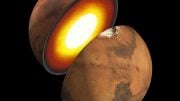

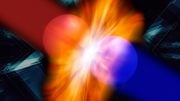
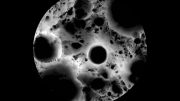
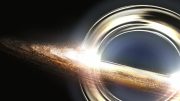
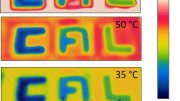


great